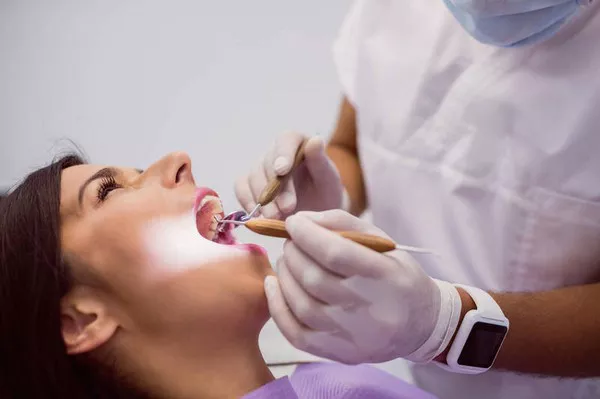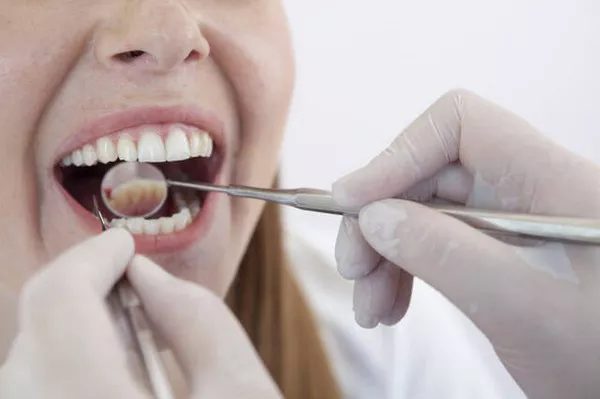Dental fillings are a common dental procedure used to treat cavities and restore the integrity of damaged teeth. If you’ve had a filling or are considering one, you might be wondering how long it will last and what factors can influence its longevity. In this comprehensive article, we will explore the lifespan of dental fillings, the different types of fillings available, and tips for extending the longevity of your dental restorations.
The Role of Dental Fillings
Dental fillings serve a critical role in maintaining oral health. When a tooth develops a cavity, it means that the hard outer layer of the tooth, known as enamel, has been damaged by decay. Without intervention, the decay can progress, leading to more extensive tooth damage, pain, and potential tooth loss.
Dental fillings are used to:
Remove Decay: The primary purpose of a filling is to remove the decayed portion of the tooth. This prevents the cavity from getting larger and causing further damage.
Restore Tooth Structure: After removing the decay, the dentist restores the tooth’s structure by filling the cavity with a dental material. This helps the tooth regain its normal shape and function.
Prevent Further Decay: Dental fillings seal off the treated area, preventing bacteria from re-entering the cavity and causing additional decay.
The Lifespan of Dental Fillings
The longevity of a dental filling can vary depending on several factors, including the type of filling material used, the location of the filling in the mouth, and individual oral hygiene habits. Here’s a closer look at how these factors can influence the lifespan of a dental filling:
Type of Filling Material: There are several types of dental filling materials, each with its own expected lifespan:
Amalgam Fillings: Amalgam fillings, often referred to as silver fillings, can last for 10 to 15 years or more. They are known for their durability and resistance to wear but may not be as aesthetically pleasing as tooth-colored fillings.
Composite Resin Fillings: Composite resin fillings, or tooth-colored fillings, have an average lifespan of 5 to 10 years. While they offer a more natural appearance, they may not last as long as amalgam fillings and can be prone to staining and wear.
Ceramic Fillings: Ceramic fillings, also known as porcelain fillings or inlays/onlays, can last 10 years or more. They are highly durable and aesthetically pleasing but may be more expensive.
Location of the Filling: The location of the filling in the mouth can impact its longevity. Fillings in low-stress areas of the mouth, such as front teeth, may last longer than fillings in high-stress areas, like molars used for chewing.
Oral Hygiene Habits: Proper oral hygiene practices, including regular brushing, flossing, and routine dental check-ups, play a significant role in extending the lifespan of fillings. Good oral hygiene helps prevent new cavities and reduces the risk of fillings deteriorating due to additional decay.
Chewing Habits: Excessive force or grinding during chewing can accelerate wear and tear on dental fillings, potentially reducing their lifespan. Patients who grind their teeth (bruxism) may benefit from a mouthguard to protect their fillings.
Diet: A diet high in sugar and acidic foods and beverages can contribute to tooth decay and may affect the longevity of fillings. Limiting the consumption of sugary and acidic substances can help preserve fillings.
Tips for Extending the Lifespan of Dental Fillings
To maximize the lifespan of your dental fillings and maintain good oral health, consider the following tips:
Practice Good Oral Hygiene: Brush your teeth at least twice a day and floss daily to remove plaque and prevent new cavities from forming.
Visit Your Dentist Regularly: Schedule regular dental check-ups and cleanings to detect any issues with your fillings early and ensure proper maintenance.
Use Fluoride Products: Incorporate fluoride toothpaste and mouthwash into your oral care routine to strengthen tooth enamel and protect against decay.
Be Mindful of Your Diet: Limit your consumption of sugary and acidic foods and beverages, and drink plenty of water to help rinse away debris and bacteria.
Address Bruxism: If you grind your teeth, consult your dentist about wearing a nightguard to protect your fillings and teeth from the effects of bruxism.
Avoid Chewing Ice and Hard Objects: Chewing on ice, hard candies, or non-food items can damage fillings and natural teeth. Avoid these habits to preserve your dental restorations.
Communicate with Your Dentist: If you notice any changes or discomfort related to your fillings, contact your dentist promptly for an evaluation.
Conclusion
Dental fillings are essential for treating cavities and preserving the health and function of damaged teeth. The lifespan of a dental filling can vary based on factors such as the type of filling material, the location of the filling, oral hygiene habits, and individual factors. By practicing good oral hygiene, maintaining a healthy diet, and following your dentist’s recommendations, you can help extend the longevity of your dental fillings and enjoy a healthy smile for years to come. Regular dental check-ups play a pivotal role in monitoring the condition of your fillings and addressing any issues promptly to ensure their durability and effectiveness.
Related Topics:
































